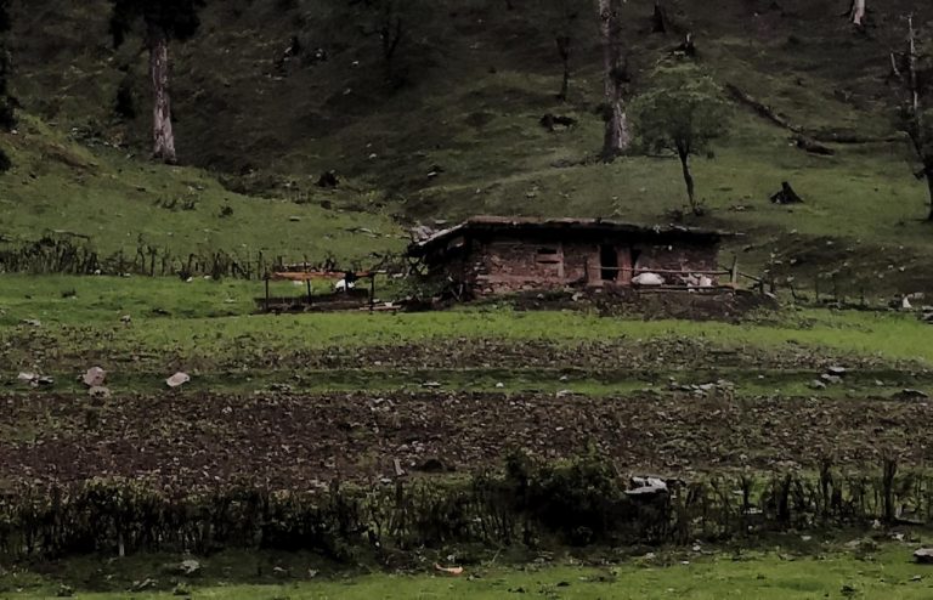
Themes
tribal ecological knowledge
Gujjar Tribe , jammu & kashmir
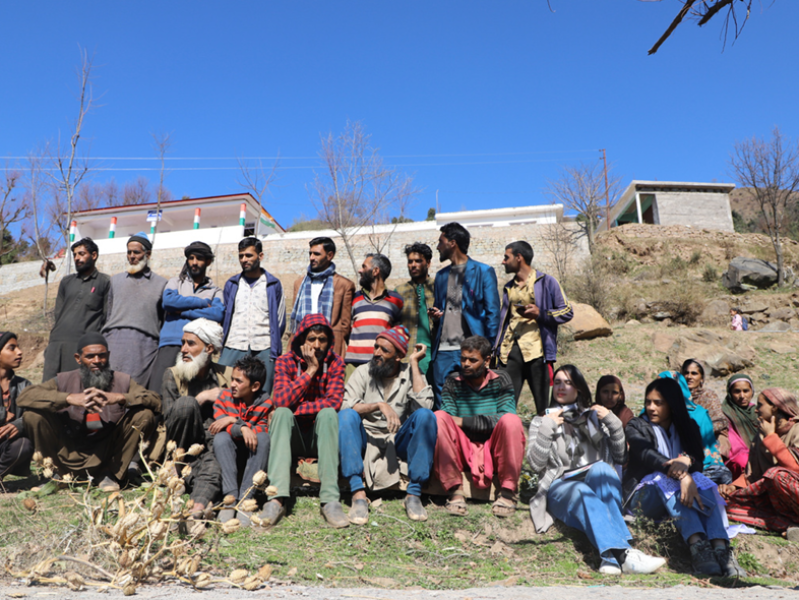
There are various theories, among the Jammu and Kashmir Gujjars, about their origin. Some consider them to be immigrants who came through various routes to India and others consider them to be indigenous. The word Gujjar means different things to different people, some say, coming from the Persian "Gauzar," warrior, and others have linked it with ancient tribes such as the Khizir Arabs. Historically, they are believed to have always moved for political, religious, and climatic purposes, and the highest migration was from regions such as Gujarat, Rajasthan, and even Georgia to Jammu and Kashmir. They are therefore a pastoral and warrior community with a strong cultural background and numerous theories.
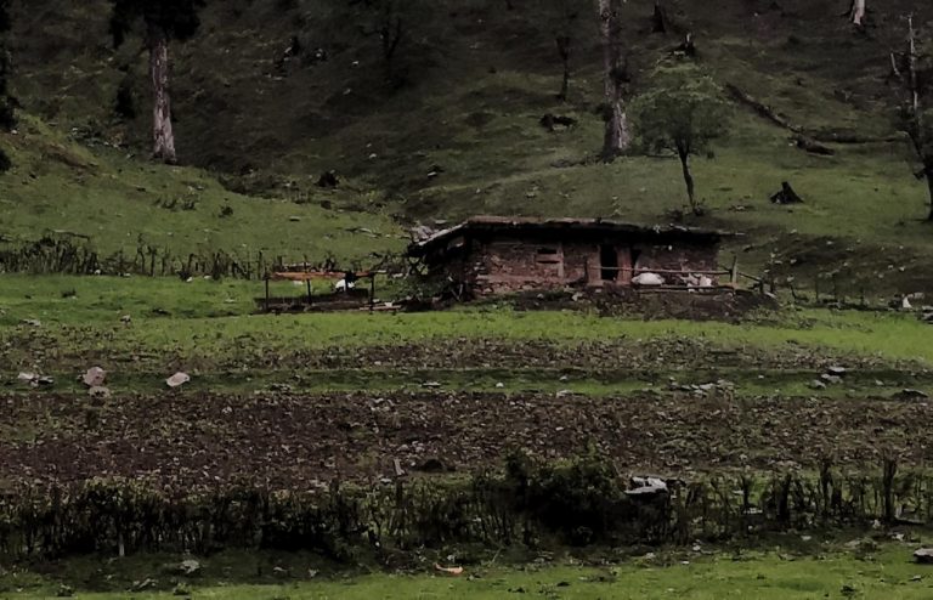
Jammu & Kashmir's Gujjars primarily pursue pastoral agriculture, by which they maintain domestic animals like cows, buffalos, goats, and sheep. The Gujjars adopt the principle of transhumance, descending to the low slopes of Pir-Panjal and Shivalik mountains in winter and climbing to alpine summer grazing ground. Though Gujjars are occupied in dairy farming and are marketing milk and milk products like ghee, kaladi, and butter, there are issues against them because of lack of exposure to the market, refrigeration, and fodder price rise. Agriculture activities among Gujjars have now turned inextricably linked to the ecological capital in regions where seasonal migrations have been regarded as unavoidable for sustained grazing.
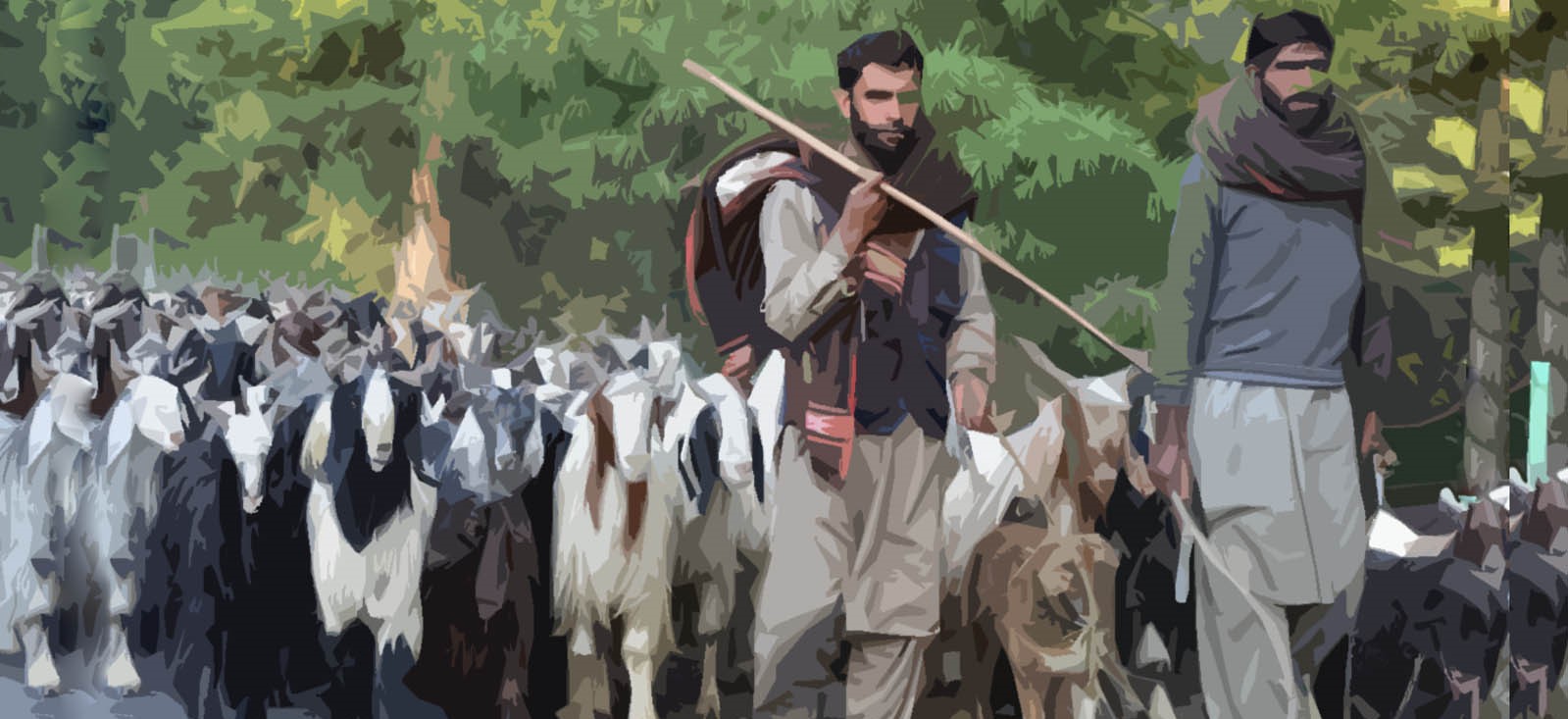
The cultural importance of the Gujjar is that, despite having endured extensive periods of marginalization and dominations from the mainstream cultures, they have maintained their virility and rich heritage. The Gujjars have defied forced assimilation and cultural annihilation by means of oral tradition and folklore, and an unparalleled romantic hold on pastoralism. Their pastoralist society has immensely enriched agriculture and regional culture. Similarly, the resistance against cultural domination of the Gujjars also refers to their agency in the verification of their customs, languages, and practices as being part of their personality.
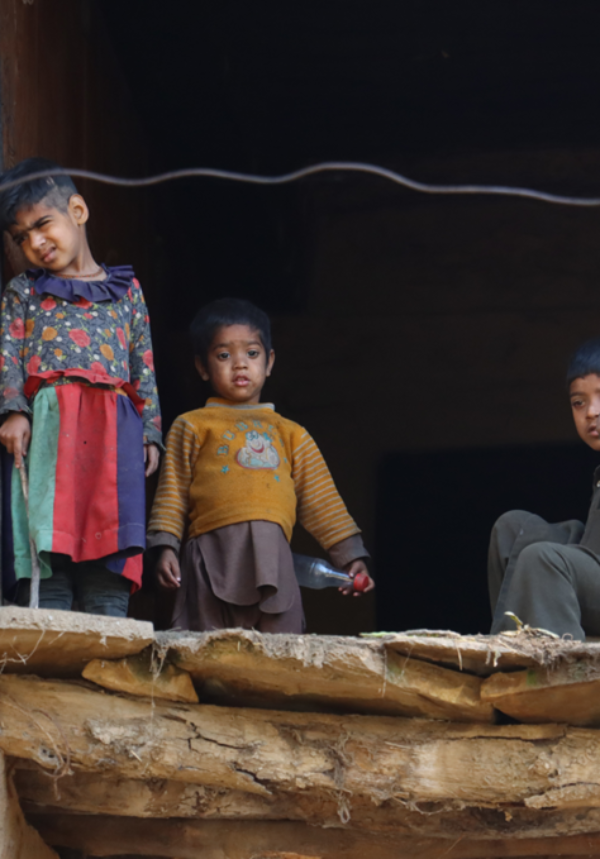
The Jammu and Kashmir Gujjar people have myriad issues such as access to the administration, a lack of educational facilities, lack of permanent habitations, and economic issues. Their other problems include access to medical care and treatment; because they are a nomadic group, the other threats due to these are endangering their animals and harassment on charges of encroachment on land and smuggling of cattle. The other issues they face are early marriage, unemployment and restricted knowledge on contemporary changes. Although the government has established numerous acts concerning infrastructure development and mobile schools, there is still no OK and extra attention is needed to enhance the welfare of citizens and their standard of living.
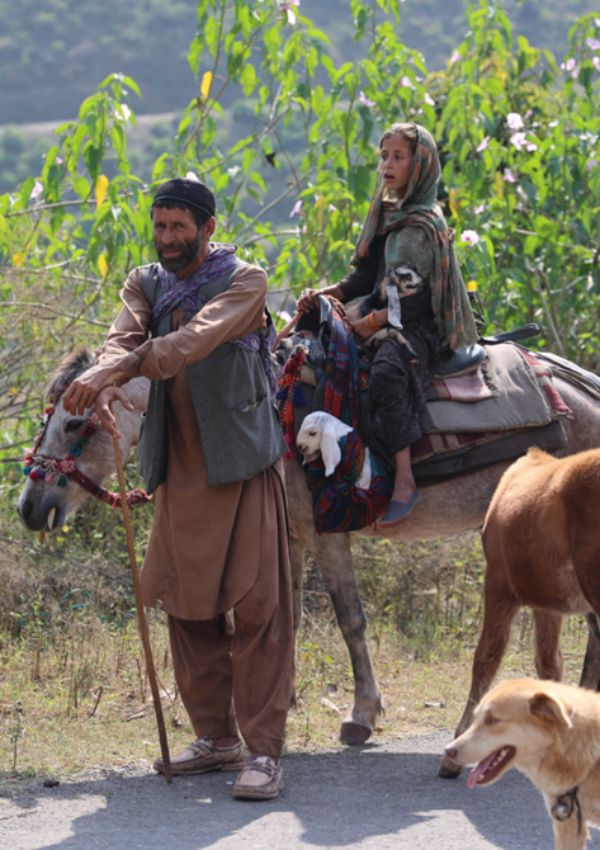
Gujjars of Jammu and Kashmir place emphasis on incorporating traditional wisdom in the context of modernity. This would mean indigenous livestock breeds conservation, sustaining traditional routes for livestock transhumance, promoting alternative livelihood opportunities such as craft development and tourism, etc. Major interventions also include coverage of activities such as mobilization of mobile veterinary units, skill development among young people, establishment of producer companies for livestock commodities, and documentation of the herding traditions. In addition, incorporating transhumance in veterinary colleges will assist in maintaining the cultural attributes of the communities thus ensuring future sustainability.

